By Dr. Robert Swick, poultry nutrition consultant
The soybean meal and sustainable feed production landscape is changing.
Many animal producers are moving toward more sustainable production practices to not only satisfy consumer demand but also to ensure the long-term future and profitability of meat, milk and egg production. Because animal feed contributes over 90 percent of the life-cycle greenhouse gas emissions during poultry and pig production, it’s important to pay close attention to the environmental footprint of ingredients and ensure the nutrients in those ingredients are used efficiently. Taking these steps will help improve sustainable production since the carbon emission footprint of ingredients is mainly related to agronomic practices, land use change over time and shipping to the point of feeding.
Globally, corn and soybean meal (SBM) are the most common ingredients in poultry and pig feed. In most places around the world, corn and other grains are locally sourced while SBM is imported from the U.S., Brazil and Argentina. Depending on the origin, greenhouse gas emissions for production of ingredients can vary widely. The Global Feed Life Cycle Assessment Institute (GFLI), an independent organization in the Netherlands that developed a database of the environmental impact of ingredients from various origins, shows that solvent extracted SBM from the U.S. has seven to eight-fold less emissions of CO2 equivalents per ton compared to Argentina or Brazil, respectively. These differences are largely due to land use change over the past 70 years and agronomic practices.
With respect to efficiency of nutrient use, U.S. SBM has been found to be more digestible than meal originating in other areas, mainly because of better post-harvest storage conditions including a lower requirement for drying of beans after harvesting due to prevailing climate and rainfall.
Additionally, SBM crude protein, amino acid and sucrose content is influenced by climate, cultivar and agronomic conditions. Soybeans growing in cooler climates in high latitude areas tend to have lower crude protein but higher levels of sucrose and lysine than those in warmer and more tropical climates. The lower greenhouse gas emissions and better nutrient use in U.S. makes SBM a winning combination.


